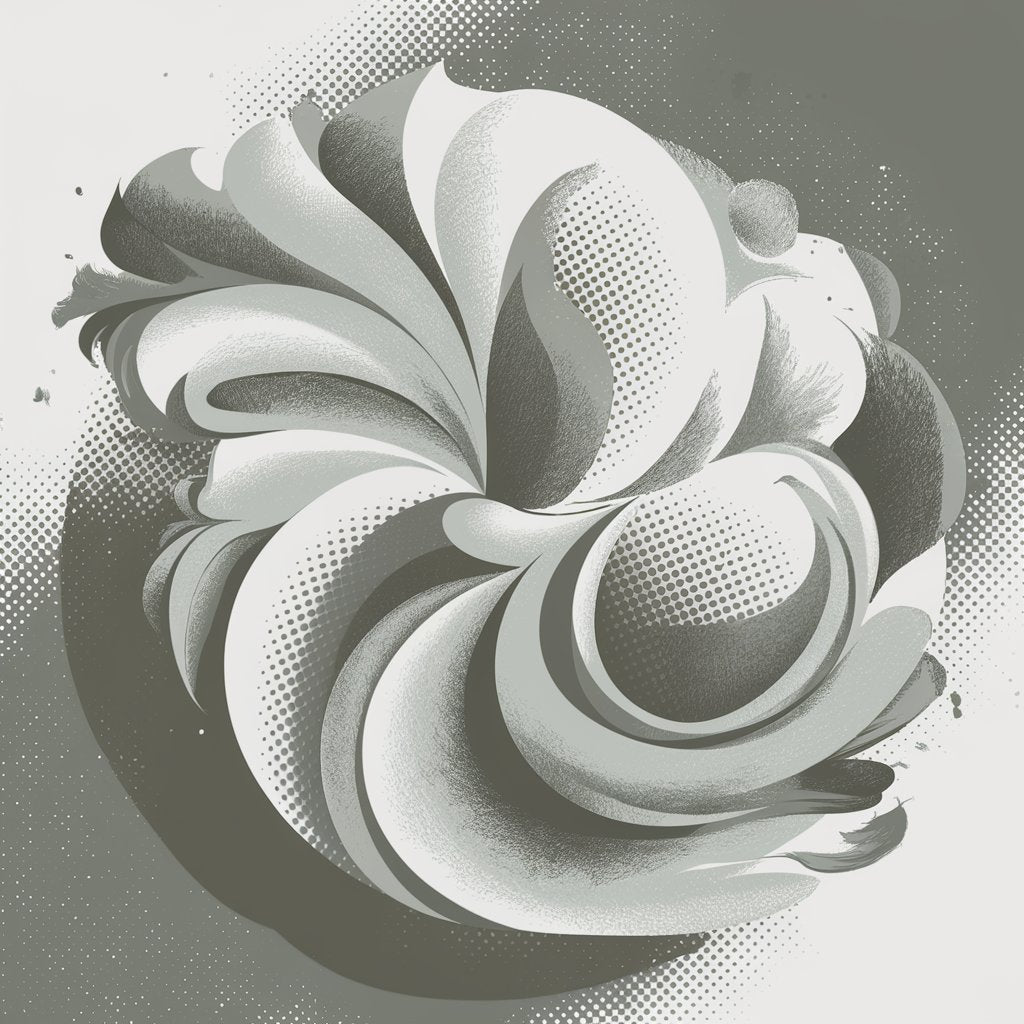The Secret to Flawless DTF Transfer Printing: Mastering Direct to Film White Ink Mixing

The Secret to Flawless DTF Transfer Printing: Mastering Direct to Film White Ink Mixing

Are you tired of clogged printheads and inconsistent prints from your wide format DTF printer? The key to achieving flawless DTF transfers lies in properly mixing your white ink. In this article, we'll dive into the most important tip for maintaining your DTF printer and ensuring top-notch print quality every time.
Understanding DTF Transfer White Ink Separation
When you leave your DTF printer idle overnight, the white ink tends to separate and settle at the bottom of the ink tank, even if your printer is equipped with a white ink circulator. This separation leads to a thick, sludgy consistency that can wreak havoc on your printheads if it enters the print line.
The Importance of Thorough Mixing on DTF Printer Inks
To prevent clogging and maintain consistent print quality, it's crucial to thoroughly mix your white ink before printing. Here's how to do it:
-
Scrape the bottom: Using a mixer, scrape the bottom of the ink tank for about two minutes. This helps to break up any thick, glue-like sludge that has settled.
-
Mix thoroughly: Continue mixing the white ink for an additional two minutes to ensure that it's well-combined and free of any clumps.
-
Let it circulate: After mixing, turn on your DTF printer and allow it to run for about five minutes. This allows the freshly mixed white ink to circulate through the lines and prevents any remaining sludge from entering the printheads.
Monitoring Your DTF Print Ink Lines
As you let your DTF printer run, keep an eye on the tubing that carries the white ink. If you notice that the ink isn't circulating or mixing well, continue to let the machine cycle until you see a consistent flow. This extra step can save you from potential printhead damage and ensure that your DTF transfers come out looking their best.
The Benefits of DTF Transfers Proper White Ink Mixing
By taking the time to properly mix your white ink, you'll enjoy several benefits:
-
Reduced printhead clogging: Well-mixed ink is less likely to clog your printheads, minimizing downtime and repair costs.
-
Consistent print quality: Thoroughly mixed ink ensures that your DTF transfers have even coverage and vibrant colors.
-
Longer printhead life: By preventing sludge from entering your printheads, you'll extend their lifespan and save money on replacements.
FAQs: Direct-to-Film Printing Knowledge You Should Know
What is Direct to Film Printing
Direct to Film (DTF) printing is a textile printing method where designs are printed directly onto a specialized PET film using DTF inks. The printed film is then coated with a hot-melt adhesive powder and cured. Once cured, the design can be transferred to various fabrics using a heat press. DTF printing is known for its versatility, allowing high-quality, durable prints on a wide range of materials, including cotton, polyester, blends, and more. This method is particularly popular in the custom apparel and promotional product industries due to its ease of use and flexibility.
How DTF Printing Works
DTF printing works by directly printing a design onto a special PET film using DTF inks. After printing, a hot-melt adhesive powder is applied to the wet ink. The film is then cured in a heat press or oven to set the adhesive. Once cured, the film can be stored or immediately transferred to fabric. During the transfer, the film is placed onto the fabric, and heat and pressure from a heat press transfer the design from the film to the fabric, resulting in a vibrant and durable print.
How to Create Custom Transfers
To create custom DTF transfers, follow these steps:
- Design: Use graphic design software (e.g., Adobe Illustrator, CorelDRAW) to create your custom design.
- Print: Use a DTF printer to print the design onto PET film.
- Apply Adhesive: Coat the printed design with hot-melt adhesive powder.
- Cure: Cure the adhesive powder using a heat press or curing oven at the specified temperature and time.
- Transfer: Place the film on the fabric, then use a heat press to transfer the design from the film to the fabric. Peel the film after the transfer is complete. This process enables personalized designs on various fabrics.
Is it easy to Print DTF Transfers
Printing DTF transfers can be straightforward if you have the right equipment and follow the correct procedures. The process involves several steps: designing the image, printing it on PET film using DTF inks, applying the adhesive powder, curing the powder, and finally transferring the image onto the fabric with a heat press. Each step must be done carefully to ensure a quality transfer. While it might be easy for those familiar with printing technology, beginners may face a learning curve.
Can I create DTF Transfers at Home
Yes, you can create Direct-to-Film (DTF) transfers at home, but it requires specific equipment and materials. You'll need a DTF printer, special DTF inks, PET film, hot-melt adhesive powder, and a heat press. The process involves printing the design onto the PET film using the DTF printer, applying the adhesive powder, curing it, and then pressing the transfer onto your chosen fabric using a heat press. While the setup can be an investment, it allows for high-quality and durable prints on a variety of fabrics.
Conclusion
Mastering the art of white ink mixing is essential for any DTF printing enthusiast or professional. By following these simple steps and making ink mixing a regular part of your maintenance routine, you'll be rewarded with stunning, high-quality DTF transfers that will impress your clients and customers. Don't let poor ink mixing hold you back – elevate your DTF game today!
